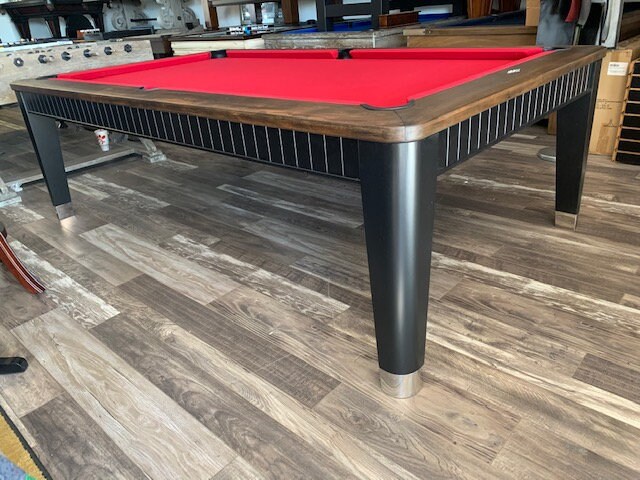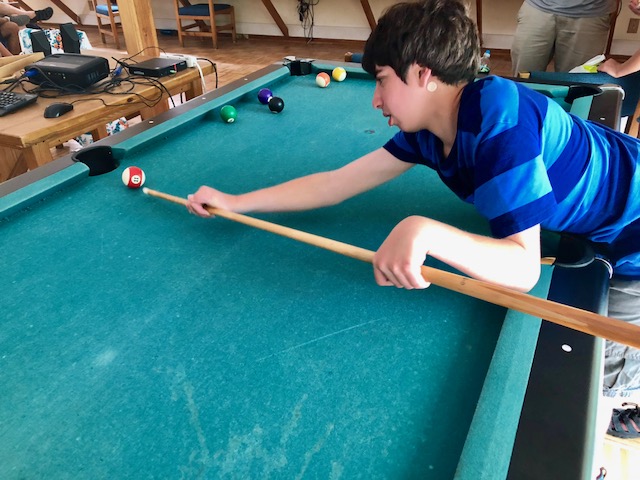In the world of billiards, mastering the art of chalking is a fundamental skill that can significantly impact your game. Whether you’re a seasoned player or a novice, understanding how to properly maintain your cue tip through chalking is crucial for achieving peak performance on the green felt. In this article, we delve into the nuances of cue tip maintenance, exploring the techniques and importance of chalking to enhance your overall gaming experience.
Why Chalking Matters
Chalking is not just a routine ritual before a shot; it is a science that influences the outcome of your game. The cue tip, the point of contact between the cue and the ball, is susceptible to wear and tear. Without proper maintenance, the tip can become smooth, losing its ability to grip the cue ball effectively. This lack of grip can result in miscues, affecting your accuracy and control of the table.
The Science Behind Chalking
Chalking is the process of applying chalk to the cue tip, creating friction between the tip and the cue ball. This friction generates the necessary grip for accurate shots. The chalk also absorbs moisture, preventing slippage and ensuring a consistent strike. To master the art of chalking, players must understand the right amount of chalk to apply and the proper technique for an even distribution on the tip.
Techniques for Effective Chalking
- Even Application: Ensure that the chalk is evenly distributed across the entire surface of the cue tip. This prevents concentration in one area, promoting a consistent grip.
- Proper Pressure: Apply a moderate amount of pressure while chalking. Excessive pressure can lead to tip damage, while insufficient pressure may result in inadequate coverage.
- Frequency: Chalk before each shot, especially when English or spin is required. Regular chalking maintains optimal friction and prevents miscues.

Cue Tip Maintenance Routine
Apart from chalking, players should adopt a comprehensive cue tip maintenance routine to prolong the life of their equipment. This includes:
- Tip Shape Checks: Regularly inspect and shape the cue tip to ensure it maintains the desired curvature.
- Cleaning: Wipe the cue tip clean after each game to remove chalk residue and maintain optimal performance.
- Professional Tip Replacement: Consider professional tip replacement when necessary, ensuring the cue tip is always in top condition.
The Impact on Performance
Mastering the art of chalking directly correlates with improved performance on the billiards table. A well-chalked cue tip provides the necessary grip and control, allowing players to execute precise shots with confidence. The investment of time in proper cue tip maintenance pays off in enhanced accuracy, consistency, and overall enjoyment of the game.
Conclusion
In the realm of billiards, the art of chalking is more than a ritual; it is a cornerstone of successful gameplay. By understanding the science behind chalking, adopting effective techniques, and maintaining a regular cue tip routine, players can elevate their skills and enjoy a more satisfying experience at the table. So, the next time you step up to take a shot, remember that the art of chalking is your key to mastering cue tip maintenance and achieving peak performance. Come and visit their page to find different pool table designs.


